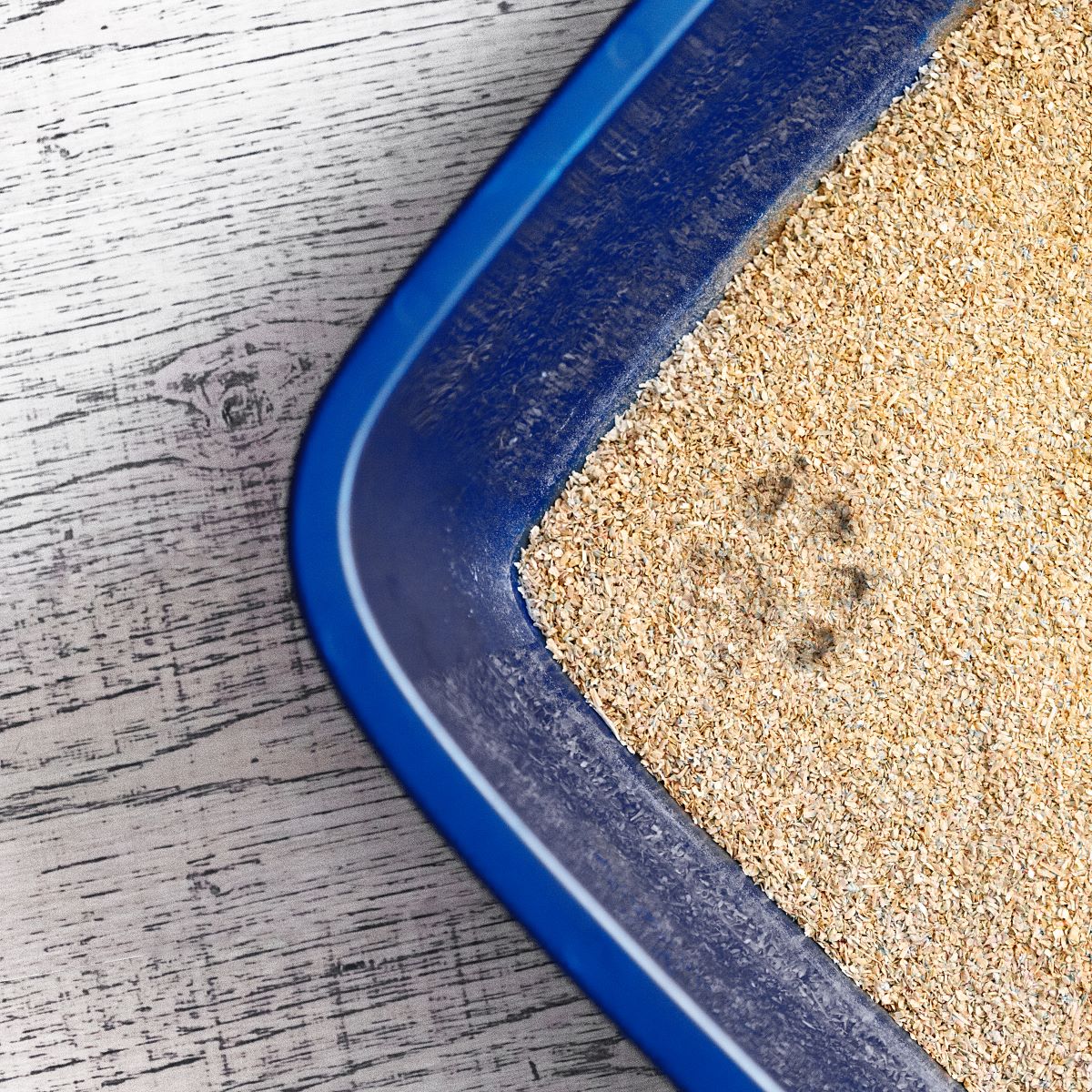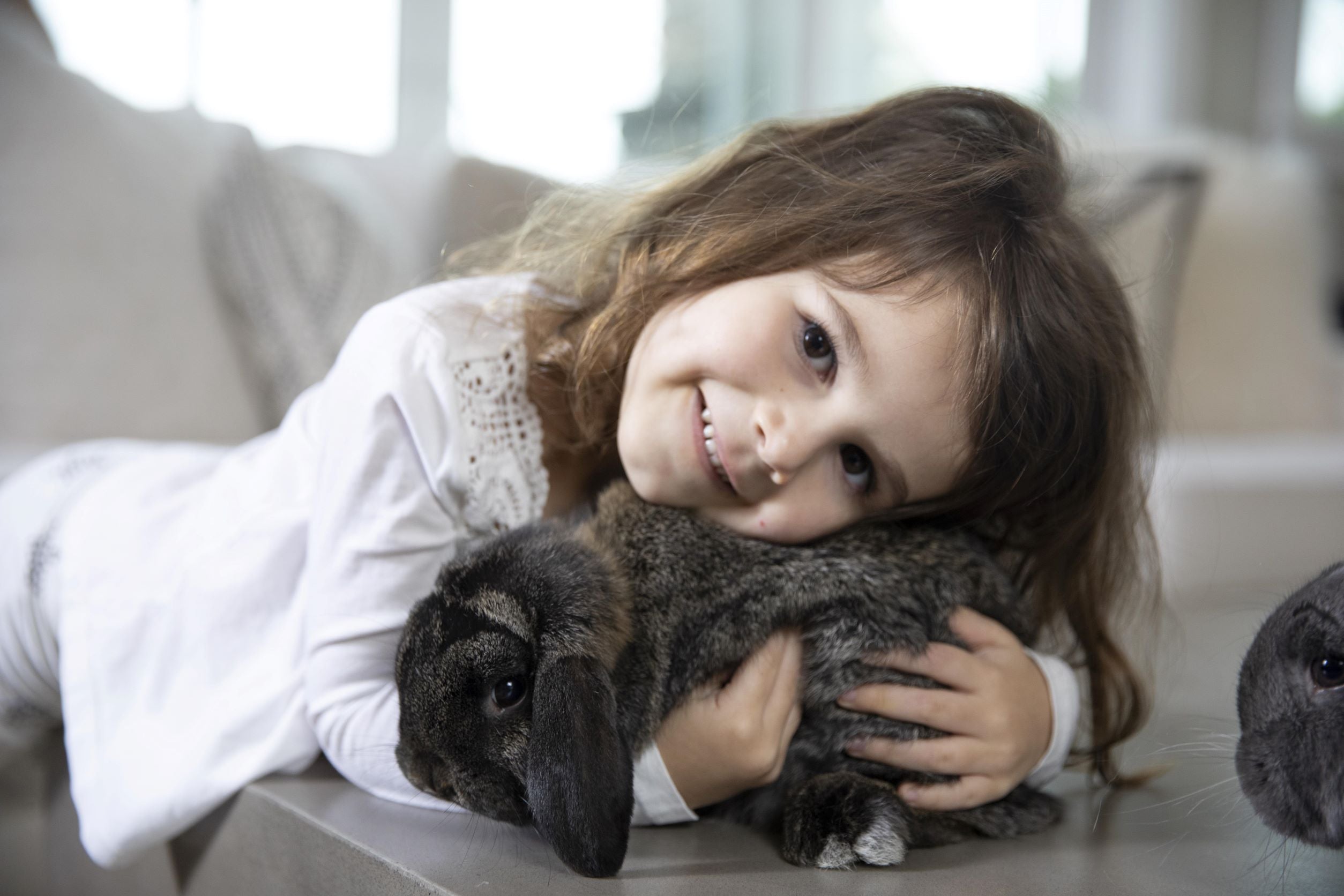
Triggers and Prevention for Dog Aggression
wDogs are part of the family, but even the gentlest companion can lash out under the wrong circumstances. This can be in the form of growling, snapping or biting. However, you need to understand that these reactions are due to fear, pain, stress, or confusion. Understanding what’s behind aggressive behavior can help you prevent it before anyone gets hurt, including your dog.
Aggression often starts with stiff body language, a hard stare, or raised hackles. Sometimes there’s a low growl, sometimes just silence before a sudden lunge. Aggression can be directed toward people, other dogs, or even objects, and recognizing the early warning signs gives you time to step in before the situation gets worse.
The Common Triggers Behind Dog Aggression
Dogs have unique personalities. Nevertheless, most aggressive behavior falls into a few clear categories.
1. Fear and Anxiety
When a dog is scared, it either runs or defends itself. In a situation when it can’t escape, it may resort to biting. Fear-based aggression is one of the most common types seen in shelters and homes alike. Triggers can include:
- Loud noises like fireworks or thunder
- Unfamiliar visitors or dogs
- Sudden movements or being cornered
If your dog growls when approached by strangers, don’t punish them; this reaction is a way of communicating discomfort. Instead, give them space and work on building positive associations with slow, calm exposure and treats.
2. Pain or Illness
Sudden aggression in a normally calm dog can be a medical red flag. Dogs can become more irritable due to conditions like arthritis, dental pain, or even hypothyroidism. Before you assume the aggression is a behavioral issue, you should schedule a vet exam. A simple injury or infection might be the real cause. Once the pain is treated, the aggression often fades along with it.
3. Lack of Socialization
Puppies that aren’t exposed to different people, environments, and other dogs during their early months can grow up anxious and reactive. If your dog is poorly socialized, it may see anything unfamiliar as a threat. That’s why you need to provide early, positive experiences through gentle handling, claim introduction, and reward-based learning. Doing this can prevent future fear and defensiveness.
4. Resource Guarding
A lot of dogs instinctively protect what matters to them. This includes food, toys, or their favorite person. You might notice your dog stiffening when someone walks by their bowl, or they might growl if another pet gets close to their chew.
This is an insecurity issue and not dominance behavior like some owners often think. You can reduce this issue by introducing training exercises like trading one toy for another and rewarding calm sharing.
5. Territorial Behavior
Dogs are naturally protective of their space. A fenced yard, a couch, or even the car can feel like territory that needs defending. Barking, lunging at the window, or blocking doorways are some of the signs of this type of aggression. You can manage this instinct by creating consistent boundaries, giving your dog lots of exercise, and limiting visual triggers like covering windows.
when a dog bites someone or another pet, such a situation can be scary even for the owners. If your dog bites someone, you can even face legal consequences. The victims may hire a dog bit attorney to help them recover damages. However, you can prevent such situations if you understand the triggers we just talked about.
How to Prevent Dog Aggression Before It Starts
The best prevention plan combines understanding, structure, and care. Here’s how to keep your dog calm, confident, and safe.
1. Start with a vet visit
You should rule out pain first if your dog suddenly shows aggression by taking it to the vet. A thorough checkup can uncover hidden issues like ear infections, dental pain, or hormonal imbalances. Treating the cause often solves the behavior.
2. Socialize early and often
Expose puppies to a variety of people, sights, sounds, and other dogs in a safe way. The goal is to build confidence and not overwhelm.
If you have an adult dog, take it slow. You can make the difference through positive experiences, short sessions, and lots of praise.
3. Use positive reinforcement
Don’t punish your dog when they are aggressive, as this will only increase fear and aggression. Instead, reward calm, friendly behavior. Use treats, toys, or praise. Experts have noted that dogs learn faster and trust more when training feels safe.
4. Manage the environment
If you know certain situations trigger your dog, set them up for success:
- Keep them leashed in public places.
- Use baby gates or separate feeding areas at home.
- Avoid crowded dog parks if they’re uncomfortable with strangers.
- Give them a quiet retreat during noisy events like fireworks.
It’s true it’s impossible to control every variable, but you can still control your dog’s exposure to stress.
5. Provide enrichment
Mental stimulation matters as much as physical exercise. Try:
- Food puzzles or snuffle mats
- Obedience or trick training
- Nose work games
- Rotating toys to keep them interested
Dogs that feel challenged and fulfilled are far less likely to develop problem behaviors.
6. Keep a Behavior Log
If aggression seems unpredictable, start taking notes. Track the time, place, people, and other factors involved each time it happens.
Patterns often emerge like tension around food, certain noises, or unfamiliar men. Once you identify triggers, you can work around or desensitize them.
7. Seek professional help
You should call a certified dog trainer or veterinary behaviorist if the aggression is getting worse or you are worried about safety. These professionals can assess the dog’s body language, create a training plan, and guide you through desensitization techniques.
8. Spay or neuter when appropriate
Aggression can be caused by hormonal surges, especially in males. If this is the case, talk to your vet about whether spaying or neutering is right for your dog. While this is not the ultimate cure, it however reduces your dog’s competitive or territorial tendencies.
Endnote
Aggression doesn’t mean your dog is bad. It’s simply your pet’s way of communicating that something is wrong. Fear, pain, and confusion can be managed with patience, structure, and compassion. With early training, socialization, and care, most dogs can learn to trust and relax again.
Responsible ownership means listening to your dog’s signals and setting them up for success. When you address the root causes of aggression instead of just the symptoms, you protect not only the people and pets around you but also the emotional well-being of your dog.











 email us
email us